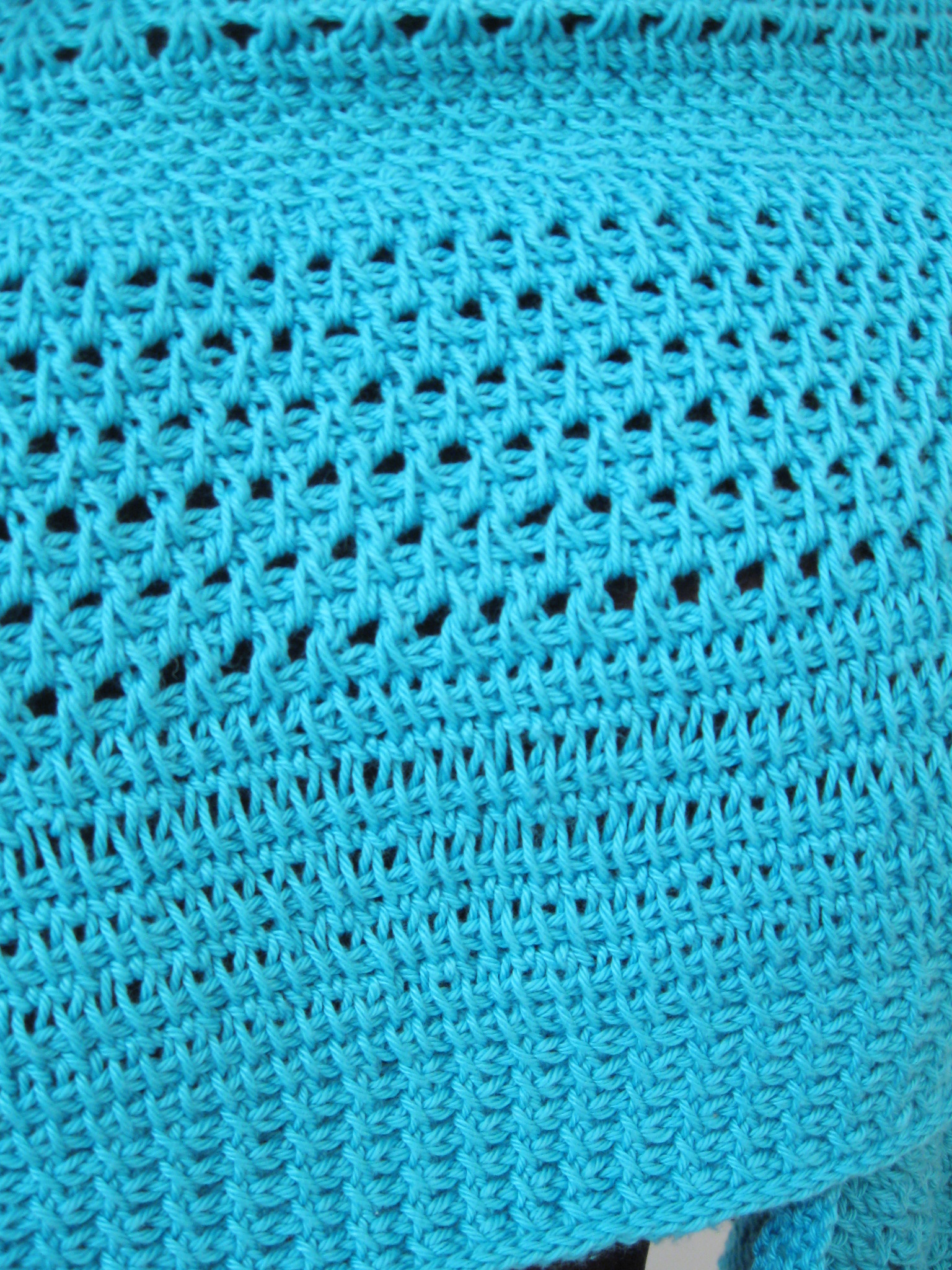Recently I received a very polite question from a crocheter, which got me thinking about the way designers and crocheters interact. Why do some encounters go smoothly while others ruffle feathers? I've seen this from both sides--as the questioner and the one being questioned. Here are some suggestions that I hope will make for better communication.
For the crocheter:
1. Read the text slowly and carefully for the row or round that is tripping you up. (Doing this aloud can be helpful.) To clarify the instructions, re-write them in list form to make sure you are not missing something. For example, did you repeat what is in parentheses or brackets the right number of times? Are you doing EXACTLY what the instructions say? It is very easy to jump over something and then think it is a mistake in the pattern.
For example, my recent questioner was having trouble with this round of Lilytopia:
Round 7: Work beg 6-dc cluster. (Ch 6, sc in next ch-4 sp) twice, *ch 6, work 6-dc cluster over next 6 dc, (ch 6, sc in next ch-4 sp) twice. Repeat from * around, ending with ch 6. Join with sl st to top of the beginning cluster. Total 30 ch-6 lps.
Writing the instructions for that round in list form would look like this:
- Work beg 6-dc cluster.
- Ch 6, sc in next ch-4 sp.
- Ch 6, sc in next ch-4 sp.
- Ch 6. [This is where the repeat starts]
- Work 6-dc cluster over next 6 dc.
- Ch 6, sc in next ch-4 sp.
- Ch 6, sc in next ch-4 sp.
That should give a better picture of what this round looks like, with three ch-6 lps between each two clusters. Ch 6, sc, ch 6, sc, ch 6, cluster. (My correspondent was short on the number of ch-6 lps and was trying to figure out why.)
2. If you are still having trouble, contact the designer directly. I can't speak for others, but I would much prefer a private message to a public post. It is really deflating to see a post that could undermine people's confidence in my pattern accuracy when it is actually the questioner's mistake that's to blame. Even if you post again later to say, "Oh, actually it was my fault," the impression can linger. If, however, you contact the designer via email, FB, and/or Ravelry and don't hear back in a day or two, go ahead and share the question.
3. Be polite and respectful. (I wish I didn't have to mention this, but I've received some pretty aggressive questions; interestingly, when those crocheters learn that it was their issue, they usually disappear without an apology.) My correspondent had just the right tone, which made it easy to want to help her.
4. Whitelist the designer's email so her response doesn't get trapped in your spam filter. And please include your phone number in your inquiry so if she doesn't get a response to her "Please confirm you received this" email, she has a way to contact you to check.
5. If possible, send photos of the area in question.
6. Understand that anytime you contact a designer and say you're having trouble, it is an unsettling experience. I'm immediately thinking, "Uh-oh, did I make a mistake? Am I going to have to issue an erratum? How long is it going to take me to figure this out?" It's a lousy feeling, even if it turns out that my instructions are fine.
7. Recognize that you are putting an unexpected demand on the designer's time. My schedule is packed with deadlines and commitments. When your question comes in, I have to figure out when to address it. That's made doubly difficult because I don't know how long it will take. Will I be able to spot the trouble right away and solve things with a quick email? Will I have to dig out the sample (which I might not even have anymore) to verify that my instructions are correct? Will I have to crochet multiple rows or rounds to get to where I feel confident in responding to you? All of that time has to come from somewhere.
8. Confirm that you received the designer's answer. Say thank-you for the help. If you have been pleased with the designer's response, shout it from the online rooftops!
Before I go on to the designer's responsibilities during the interaction, I need to mention an uncomfortable possibility: sometimes it's you, and there is no reasonable amount of time or help a designer can give you to solve your problem. Perhaps the pattern is at too advanced a level for you. That is not the designer's fault. She is also not responsible if your pattern-reading skills are poor. Maybe the style of the instructions doesn't suit your learning preference. (Even sadder to contemplate, perhaps you have a cognitive problem that is preventing you from understanding the pattern. I have often thought that seeing how someone reads and executes a pattern could be used as a dementia screening tool.) By all means, take the pattern to a crocheting friend or someone at your local yarn shop to see if anyone can help with your problem, but unless you want to pay the designer to come teach you privately, it may not be possible for her to help any more than she already has! Please don't trash the designer. If she has tried her best to help, the two of you may have to agree that this time it just didn't work out.
And now, some guidelines for the designers. (Did you really think I'd let you off the hook?):
1. Respond ASAP, even if it's just to say, "Thanks for your question. I will review it this evening." Nobody should have to wonder whether you have received their inquiry.
2. Don't assume that the questioner has made a mistake. Sometimes there really is an error in the pattern. It is your responsibility to check thoroughly to see if that's the case. If so, apologize profusely and issue an erratum so others who are working on the project have the benefit of the correction.
3. Be polite and respectful. Someone who asks a question should not be told to "figure it out" on her own, or blown off because you are "too busy" to answer. Pattern support is a designer's responsibility.
4. Be understanding. The person writing to you is likely frustrated at having to stop mid-project because something isn't working. The more quickly and thoroughly you can offer help, the faster the crocheter can get back to crocheting your wonderful pattern. You are working together to solve a problem.
5. Send photos. I forwarded my correspondent the picture at the top of this post because I thought it would help her see where she had gone astray.
6. If you're comfortable with a Skype or Facetime session, you can offer that.
7. If, after you have made a good attempt to help, the crocheter is still having trouble, it's okay to extricate yourself from the interaction. Apologize for not being able to solve the problem, and suggest that the crocheter take the project to a friend who crochets to see if that person can help. Wish them the best and say you are sorry it didn't work out this time.
Feel free to share your suggestions--and any humorous encounters--in the Comments!






























